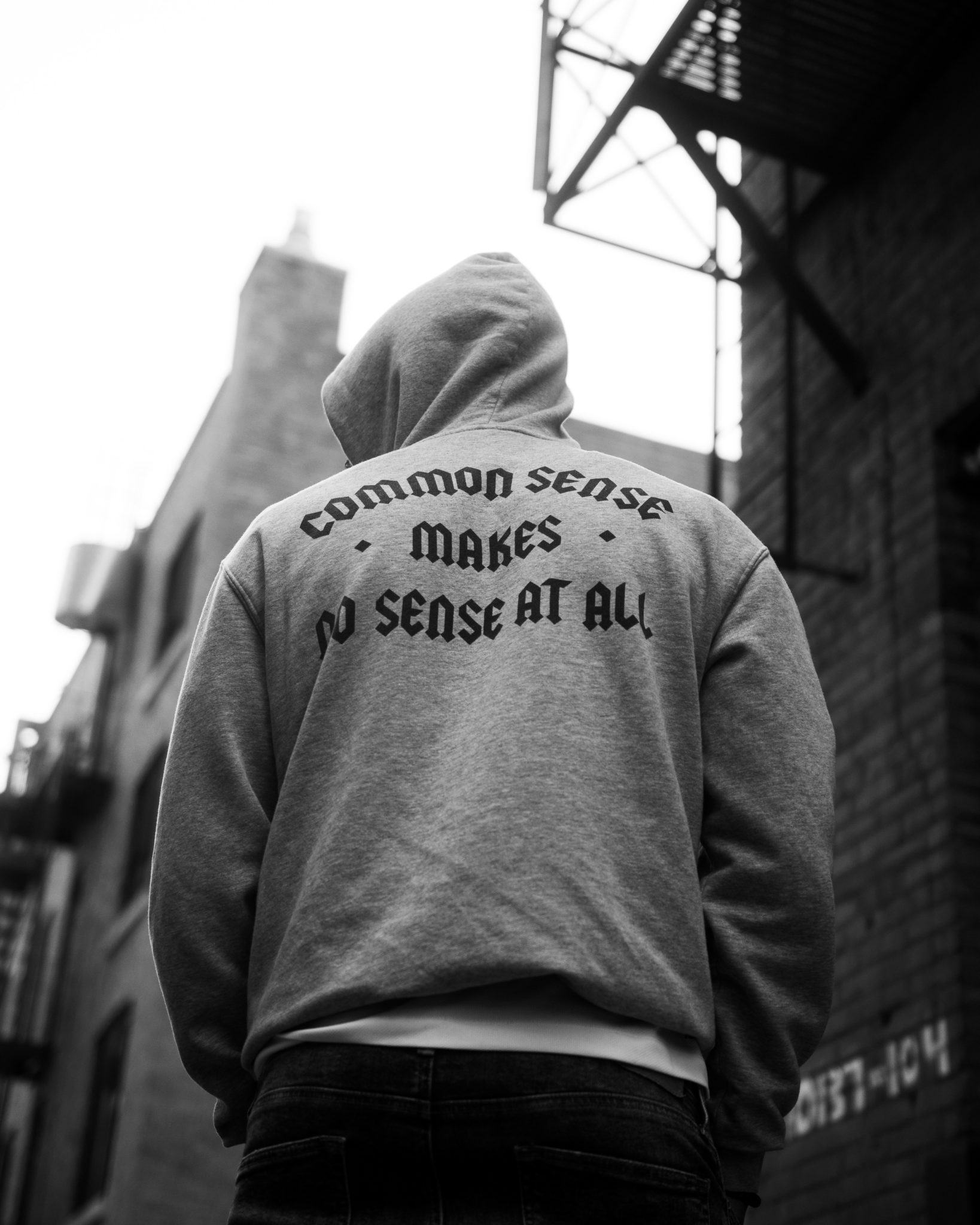Most Recent News


Popular News





Describing the power cycle that exists between governments, institutions, and citizens. While addressing why our current governmental frameworks are failing.

Facebook demonstrated the power of sensitive cultural markers in their recent action against Australia:
#DeleteFacebook! Campaign to ditch the social media giant surges on Twitter as US politician says blocking all news from Australians ‘wasn’t compatible with democracy’
Facebook is facing down calls for a boycott after it took the extraordinary step of banning users in Australia from accessing news in a row over paying for content.
Meanwhile British MP Julian Knight said Facebook appeared to be using Australia as a ‘test case’ for how democracies would react to having news banned, and called for legislators around the world to bring the tech giant ‘to heel’.
Among those urging people to delete the app was Stephen Scheeler, former Facebook Australia CEO, who slammed the ‘alarming’ move and accused Mark Zuckerberg of being motivated by ‘money, power, and not [by the] good.’
Facebook said it chose to block news content rather than comply with a new law set to be passed in Australia in the coming days which will force it to pay news organisations for hosting their stories – with other countries watching closely.
Critics blasted the decision, saying it will lead to the proliferation of conspiracy theories and misinformation – which Facebook claims to be tackling.
The ban appeared rushed and spectacularly botched – as it brought down UK news sites that share names with Australian papers, health services providing Covid information, charities, food banks, and even Facebook’s own homepage.
Instead of seeing posts from the social media giant, users clicking on its own Facebook page were instead met with a message saying ‘no posts yet’.
In a spectacular case of buck-passing, Facebook then attempted to blame the errors on the Australian government, saying it mirrors the ‘broad and vague’ definition of ‘news’ in its new law.
…
Matt Stoller, of the American Economic Liberties Project, said: ‘Facebook deleted huge amounts of important content on a critical piece of social infrastructure in order to threaten a democratic society’s sovereign power.’
The details are complex, the underlying power play is simple.’
In most late-stage democracies, the sensitive cultural markers (institutions) hold more power than the government. No where is this more evident than in the current Western nations.
The power disparities detail the difference between the three major forms of governments by power source. These three governmental frameworks include:
Where within each of these three government frameworks, there are three sources of power:
Facebook is an example of the third. They are non-government but still hold power within the nation. So, they are a power center.
Notice the direction of control for the power sources between these three entities in the following rule by x frameworks.
In rule by one frameworks, the government controls both the citizens and the institutions directly.
In rule by few frameworks, there are two options:
There is never an instance where the citizens are “the few” because then it would be a rule by many, which is described below.
In rule by many frameworks, the idea is that:
We live under a supposed rule by many framework.
Yet, we’ve found out that this last requirement is not correct (the institutions are not working with the citizens to control the government, but using the government against the citizens).
Instead, what we are describing above is the good years of a rule by many framework. Before it degenerates, which is where we are now. However, once the rule by many degenerates, it looks more like this:
Therefore, in rule by many frameworks, there are also two options:
Which, if you were paying attention, is the exact same as one of the options for a rule by few framework above. Otherwise known as an aristocracy, an oligarchy, or a corporatocracy.
Which is what we currently reside under.
So, it is imperative for us to realize that the way in which these three power sources interact with one another is exactly corresponding to the type of government we reside under.
It’s also imperative for us to recognize that institutional power centers can hold as much, if not more, power than the government itself in degenerating societies. Once the institutions get enough power, they effectively also control the government. But they do so while hidden. They are one in the same; hence the derogatory term of oligarchy. But the initial power source came from the institutions overcoming the government.
This is why the entire approach to governmental frameworks and power sources is wrong with every single one of these current rule by x options.
The pressure from the institutions and the citizens should not be on the government. It should not exist as a combined effort against the government as it creates the exact failing system we see today.
Instead, it should be a checks and balance system where each power approach is in control by another, starting with citizenry.
In practice, the power cycle should look like this instead:
So a cycle of power which exhibits: Citizens -> Government -> Institutions -> Citizens -> Et cetera.
Instead of a hard end point.
This way, no power cycles from the government direct to the citizens as in the case of the rule by one. Nor does any power cycle from the institutions to the government (or inversely), running the risk for oligarchy.
Instead, the power base starts with citizens who directly control the government. The institutions are then bound by these governmental representatives by enforcing the laws that the representatives pass through being elected by the citizens.
In a way, this is a method by which we could keep the government and the institutions accountable to the citizens. Accountability to the citizens then exists directly to the government and indirectly to the institutions.
The institutions would then just be mouth pieces of the citizens who vote on what cultural items they desire.
Instead of the inverse, where the institutions are the ones deciding the culture and forcing us to comply with absolutely no accountability. We don’t have a say and neither does the government. They are free to do whatever they desire.
In many ways, they are doing exactly what government dominated power sources do when they wield overarching power, they are just using that power through a different channel.
Fighting them requires fighting the system that creates them, which is the current rule by many frameworks. We need an alternative.
I’ve proposed a rule by contributor option in the past that would incorporate this type of power deviation. It’s in Enclavism. Consider it a more sustainable alternative to the inevitable oligarchy of the rule by many frameworks.
Even if you don’t like my idea of Enclavism, there is little debate that any of the current government systems could yield a different result. They are destined to degenerate by the very nature of their power source which we discussed above. We need an alternative government structure that is designed principally with these issues in mind.
Read Next:
Opinion-Molding Operations Part 2
On Sensitive Cultural Markers: Is Government The Threat?
The Issue With The Current “Only Societal Contributors Should Vote” Ideas
Surviving The Fall Of The Western World and The Nightmares Laying Ahead
If you enjoyed this article, bookmark the website and check back often for new content. New articles most weekdays.
You can also keep up with my writing by joining my monthly newsletter.
Help fight the censorship – Share this article!

(Learn More About The Dominion Newsletter Here)